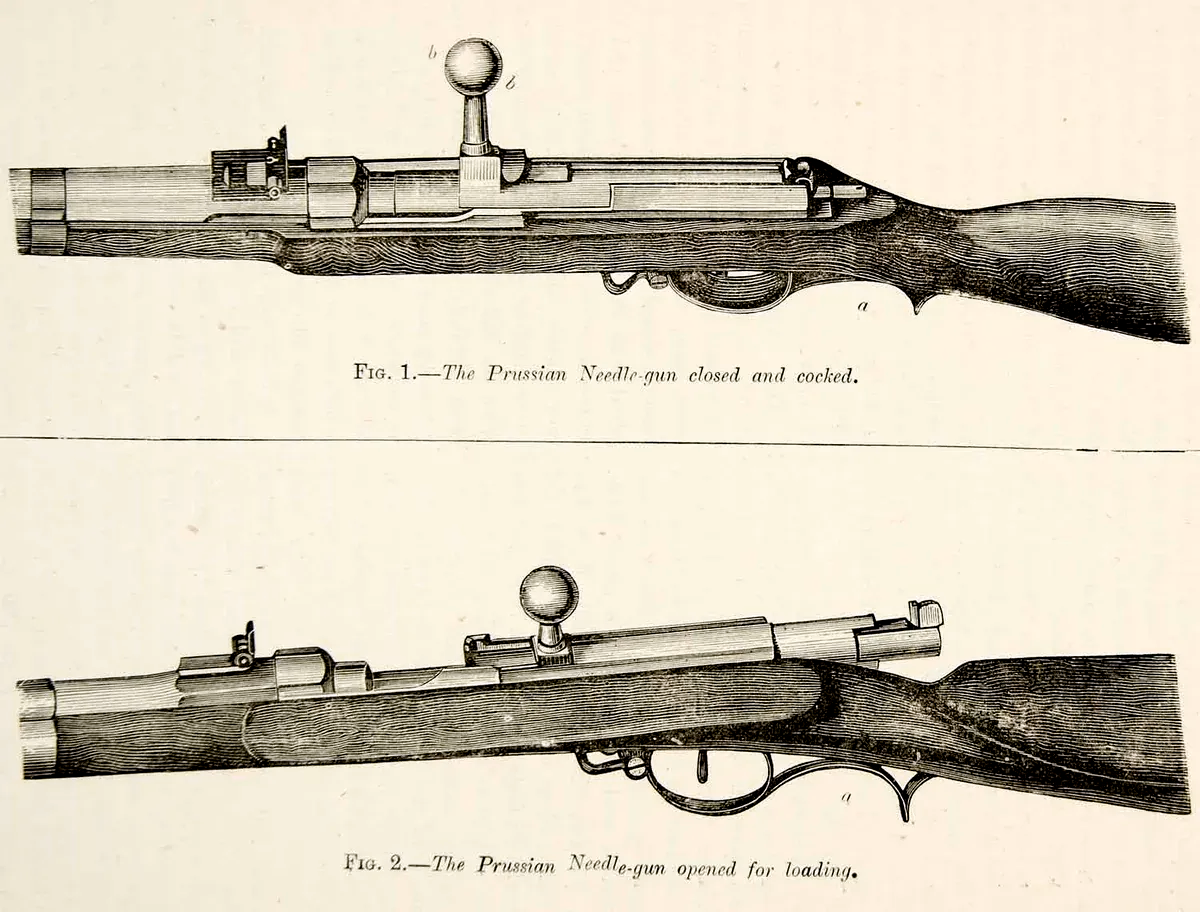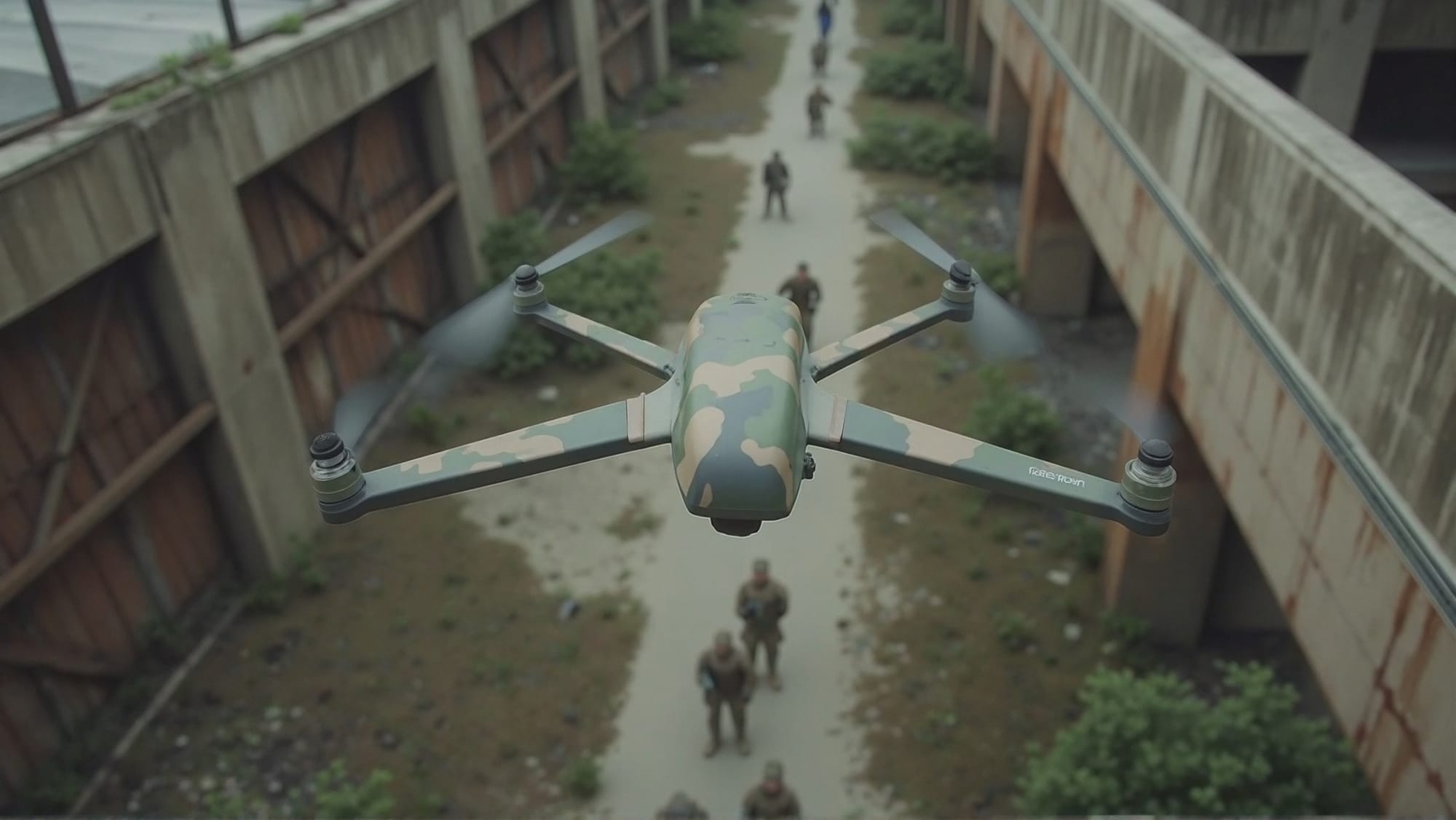Drones: Systems without strategy won't win wars
Drones aren't rifles; they're not kit to attach to molle gear.
The defense strategy to procure drones is flawed when the strategy that wins wars might not be about technology but structures. USG needs caution; well-intended capability gaps open wide through unmoored policy. Tools divorced from doctrine, organization, training, materiel, leadership, personnel, facilities, and policy—DOTMLPF‑P—don't win wars.
The Illusion of Magic Weapons
New technologies are often sold as battlefield magic. Early WWII proved otherwise: German Panzer victories weren't about superior tanks but integrated doctrine, logistics, coordination, and operational art. Hardware alone didn't win—it was a living system.
Prussia: An Exemplar of Military Reform
After Prussia's humiliating defeat at Jena–Auerstedt in 1806, reformers led by Scharnhorst and Gneisenau overhauled the military—not by adding new weaponry to broken systems but by reimagining how the army fought.
- Following defeat, the officer corps was democratized: merit-based promotion replaced aristocratic privilege, and universal conscription (Krümpersystem) established a reserve cadre ready for rapid mobilization.
- The General Staff was institutionalized to enable leader initiative at lower echelons—prefiguring modern mission-command or Auftragstaktik.
These structural shifts embedded materiel innovations—like the Dreyse needle gun—within reengineered doctrine and tactics.
The Needle Gun Revolution

In the Austro-Prussian War of 1866, Prussian infantry armed with the Dreyse breech-loading needle gun (capable of 5–6 rounds per minute, even from prone positions) faced the Austrian muzzle-loaders firing half as fast and only while standing.
But the true advantage came from how they fought:
- Infantry adopted dispersed formations, took cover while firing, and coordinated better with artillery and rail logistics.
- At the decisive Battle of Königgrätz (July 3, 1866), the needle gun's rate of fire and integrated tactics shattered Austrian assaults, achieving a decisive victory that gave rise to Prussia as a dominant European power.
Doctrine Before Technology
Historical Innovation → Prussian Integration Strategy
- Dreyse needle gun (rapid fire)
- → Infantry doctrine rewrote itself—dispersed formations, cover fire, combined arms coordination
- Mission‑command (Auftragstaktik)
- → Empowered lower‑echelon initiative, replacing rigid Napoleonic micromanagement
- General Staff & Krümpersystem
- → Opened leadership via merit; professionalized logistics, training, officers, and planning
These changes reflect DOTMLPF‑P in full: materiel innovation coupled with reimagined doctrine, organization, training, leadership, and personnel systems.
Echoes in Modern Warfare: Ukraine's Drone Playbook
Ukraine's success uses the same operational logic today. Cheap drones succeeded not as gadgets but only because they were embedded within doctrine-rewired command networks, bottom-up training, logistics infrastructures, targeting loops, and agile TTP development cycles.
Russia's massive nightly drone swarms initially failed—not due to lack of numbers, but due to the absence of doctrine-first integration.
Ukraine outmaneuvers Russia on the battlefield through formations, not hype. Doctrine First, Drones Second.
Ukraine isn't fighting with shiny toys—they win battles by institutionalizing drone warfare. Over 10,000 pilots trained and integrated into a formal Unmanned Systems Forces branch created in 2024, making Ukraine the first country with a drone‑specific military service.
Cheap Chinese drones like the DJI Mavic became lethal weapons—not because of the drones, but because doctrine, agile decision loops, and battle‑iterate adaptation amplified them. Meanwhile, frontline units and technologists (who ought to be the 8 in Army CSUs) co‑developed and fielded everything from grenade‑drop FPVs to incendiary "dragon drones" and wire‑guided loitering munitions.
Confronting Napoleonic Legacy
Modern armies still echo Napoleon's top-down structure—rigid hierarchies, centralized control—constraints that slow adaptation. By contrast, Prussian reforms empowered squads from the ground up: define TTPs based on capabilities, build doctrine around tools—not vice versa.
Particularly, the materiel domain must be engineered as part of squads, not appended.
Drones aren't "licky, chewies"
Don't buy drones like rifles: without doctrine, they're toys. Instead, follow the Prussian blueprint—evolve structures and patterns of command, training, logistics, and leadership before integrating new capabilities. The DOTMLPF‑P Change Request (DCR) exists to ensure technology adoption transforms all eight domains.
The relevant question isn't "Should we buy drones?" but "Did we reform our units, policies, command, and TTPs to wield them ?" Absent that, hardware becomes a hazard.







